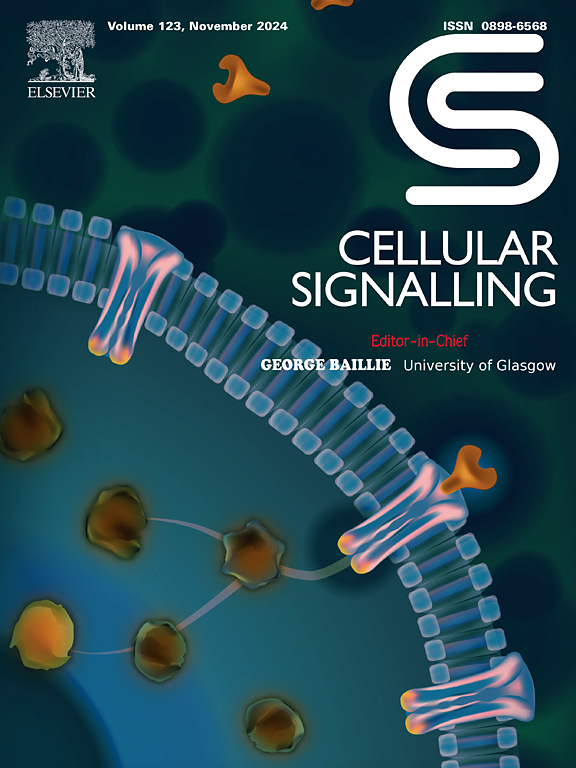Synergic effect of the combination of isoliquiritigenin and arsenic trioxide in HepG2 liver cancer cells
IF 4.4
2区 生物学
Q2 CELL BIOLOGY
引用次数: 0
Abstract
Despite continuous therapeutic interventions, the prognosis of hepatocellular carcinoma (HCC) remains very poor. Thus, quest for novel treatment strategies to improve therapeutic window of HCC therapy is paramount. Arsenic trioxide (ATO) is commonly used as the first-line treatment for acute promyelocytic leukemia (APL). Isoliquiritigenin (ISL) is a potential plant-based bioactive molecule with versatile biological and pharmacological effects including anticancer effect.
The present study aimed to investigate the potential synergistic effects of combination of ISL and ATO in HCC cells. The data revealed that the combination of ISL and ATO synergistically inhibited HCC cell proliferation. The collective data demonstrate that synergistic anticancer effect of combined treatment of ISL + ATO was achieved via cooperative induction of mitochondrial apoptosis through ROS generation and inhibition of PI3K/Akt/mTOR pathway. In addition, ROS generation and suppression of PI3K/Akt/mTOR pathway were found to be two independent events in induction of apoptosis. Finally, we observed that combination treatment effectively suppressed tumor growth in nude mice xenograft model through induction of intrinsic apoptosis and inhibition of PI3K/Akt/mTOR pathway.
In conclusion, the findings of this study suggest that both drugs work synergistically to exert anti-tumor effect in HCC, both in-vitro and in-vivo and could offer novel strategy for liver cancer treatment.
异尿酸原与三氧化二砷联合应用对HepG2肝癌细胞的协同作用。
尽管持续的治疗干预,肝细胞癌(HCC)的预后仍然很差。因此,寻求新的治疗策略来改善HCC治疗的治疗窗口是至关重要的。三氧化二砷(ATO)通常被用作急性早幼粒细胞白血病(APL)的一线治疗药物。异异藜素(ISL)是一种潜在的植物性生物活性分子,具有多种生物学和药理作用,包括抗癌作用。本研究旨在探讨ISL和ATO在HCC细胞中的潜在协同作用。数据显示,ISL和ATO联合使用可协同抑制HCC细胞增殖。综合数据表明,ISL + ATO联合治疗的协同抗癌作用是通过ROS生成和抑制PI3K/Akt/mTOR通路共同诱导线粒体凋亡实现的。此外,我们发现ROS的产生和PI3K/Akt/mTOR通路的抑制是诱导细胞凋亡的两个独立事件。最后,我们观察到联合治疗通过诱导内源性凋亡和抑制PI3K/Akt/mTOR通路有效抑制裸鼠异种移植瘤模型的肿瘤生长。综上所述,本研究结果提示两种药物在体外和体内协同作用,在HCC中发挥抗肿瘤作用,可能为肝癌治疗提供新的策略。
本文章由计算机程序翻译,如有差异,请以英文原文为准。
求助全文
约1分钟内获得全文
求助全文
来源期刊

Cellular signalling
生物-细胞生物学
CiteScore
8.40
自引率
0.00%
发文量
250
审稿时长
27 days
期刊介绍:
Cellular Signalling publishes original research describing fundamental and clinical findings on the mechanisms, actions and structural components of cellular signalling systems in vitro and in vivo.
Cellular Signalling aims at full length research papers defining signalling systems ranging from microorganisms to cells, tissues and higher organisms.
 求助内容:
求助内容: 应助结果提醒方式:
应助结果提醒方式:


